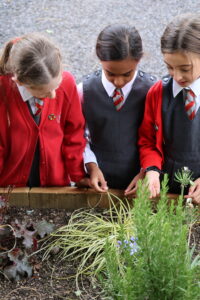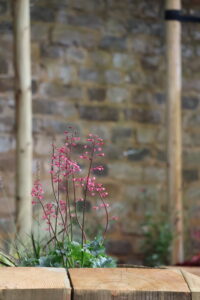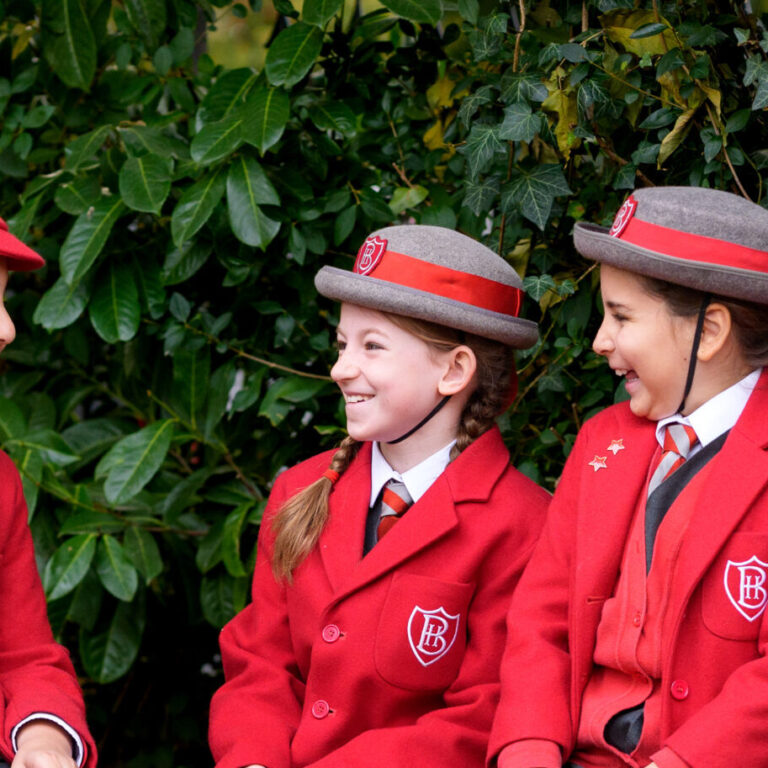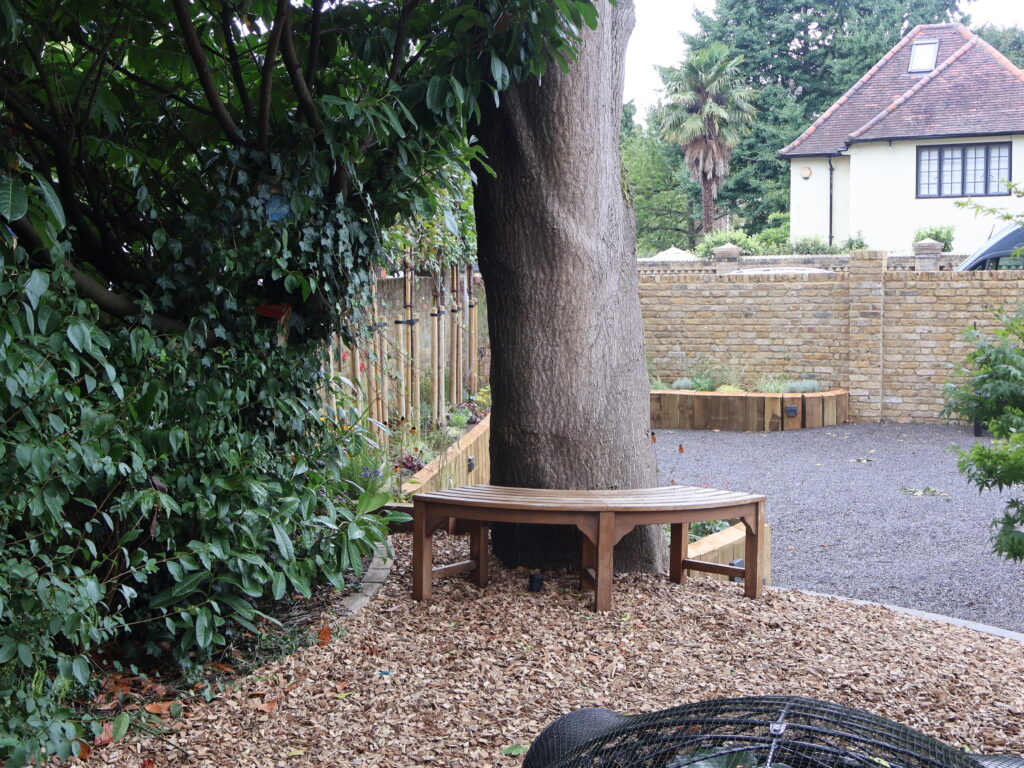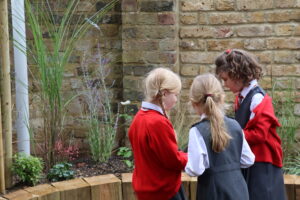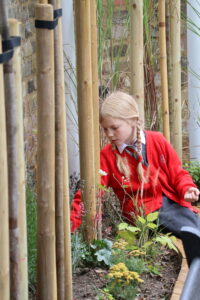The rewilding movement is gaining momentum worldwide as people become more aware of the need to restore biodiversity. This transformative vision has also impacted recent developments at Broomfield House School.
The school based in Kew, South West London, seeks to restore and enhance the natural environment around it, reconnecting urban spaces with nature. Uniquely positioned right next to Kew Gardens, the “largest and most diverse botanical garden in the world,” the school is committed to reducing its carbon footprint.
An ambitious sustainability strategy includes the use of technology to monitor carbon emissions and a comprehensive rewilding plan. The school plants one tree in the Scottish Highlands for every new pupil joining the school.
Perhaps the most noticeable change over the last few months has been to the northwest side of the school site. The old concrete car park has been replaced by a new outdoor learning space—a peaceful, nature-filled area designed for all children to enjoy as a quiet retreat from more active play. Studies have shown that spending time in natural settings reduces stress, improves mental health, and fosters a sense of wellbeing.
Broomfield House School, part of the Dukes Education family of schools, hopes that its sustainability journey serves as a catalyst for broader environmental efforts in urban settings. The transition from concrete to nature is not just about restoring wildlife; it is also about revitalising the community and creating a place that offers educational opportunities for future generations.
In many ways, Broomfield House’s rewilding is part of a larger global trend of urban ecological regeneration—transforming disused or abandoned spaces into green oases. Cities across the world are embracing this approach, recognising the need to reconnect with nature for environmental and social wellbeing. For instance, Transport for London has doubled the area of roadside wildflower verges—adding the equivalent of 37 football pitches—to enhance biodiversity, store carbon in soil, and support pollinators like bees and butterflies. This is part of TfL’s wider Green Infrastructure and Biodiversity Plan, which includes targets for tree canopy cover and sustainable drainage systems.
Similarly, New York’s High Line—a 1.45-mile linear park repurposed from an elevated rail line—shows how repurposing old infrastructure can create spaces rich in native species, educational programmes, and community engagement. In Amsterdam, ecoparks like De Ceuvel and floating-home communities demonstrate how innovative design and green technology can transform urban landscapes into thriving ecosystems with community benefits.
By creating its own rewilded “green classroom,” Broomfield House aligns with these pioneering examples. The space not only nurtures biodiversity and combats urban heat, but also provides year-round, hands-on learning in ecology, sustainability, and wellbeing. It serves as a living laboratory: pupils can study carbon cycles, plant lifecycles, and local species in situ—strengthening classroom learning with outdoor exploration.
As London pursues climate adaptation and ecological recovery through coordinated efforts like the London Rewilding Taskforce, Broomfield House’s project stands as a microcosm of change—showing how schools can redefine their grounds as part of the green infrastructure of the city. Through small steps—from tech‑tracked carbon reduction to rewilded outdoor classrooms—the school is nurturing both informed citizens and healthy ecosystems, ready to inspire others in the urban landscape.
The journey from concrete to nature at Broomfield
House School reflects a growing understanding that, in the face of climate change and urbanisation, we need to work with nature, not against it, to build sustainable spaces for our children.
